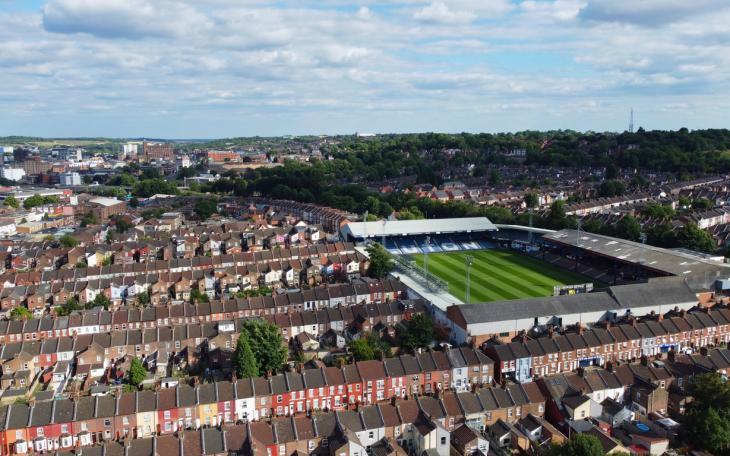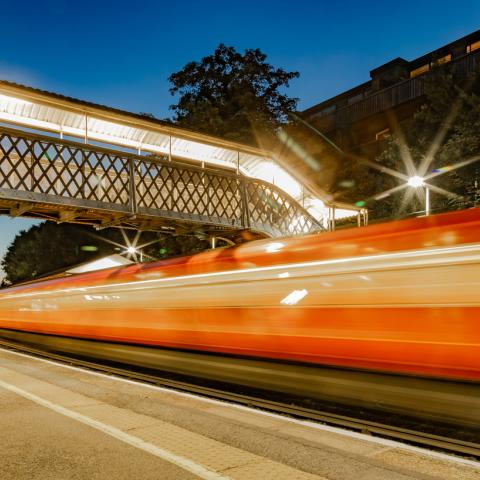Playing ball

Stadiums are the beating heart of a football club and a home to many every other Saturday. Over the past few weeks, news of plans to redevelop football grounds across the country have continued to surface, with owners seemingly keen to invest in the infrastructure of their clubs.
Just in the last month, Chelsea FC’s new owners held fresh talks over a £1.5bn stadium redevelopment project which would involve a complete rebuild of Stamford Bridge. Manchester City FC is currently in the consultation process of its proposals to increase the Etihad Stadium capacity from 54,000 to 60,000, and Newcastle United FC is eyeing up a stadium expansion, having bought back a site adjacent to its St James’ Park ground.
For clubs and their owners, the commercial benefit that comes from stadium investment is financially important in these highly competitive times, as owners look to increase revenues. However, in recent times, stadium redevelopment plans have had an increasing focus on delivering benefits to the wider community, developing facilities and residential units to boost the local area which they are often the focal point of.
Some recent examples include:
- Approved by Haringey Council in 2010, the new Tottenham Hotspur Stadium is part of the Northumberland Development Project, which as well as the new ground, has delivered public spaces, 585 homes, a sports centre, a hotel and community/retail spaces.
- Currently in construction, it is estimated that Everton’s new stadium at Bramley-Moore Dock will deliver a £1.3bn boost to the economy, create more than 15,000 jobs and attract 1.4m new visitors to the city of Liverpool.
- The recently built Brentford Community Stadium development in west London comprises of 910 onsite residential units, adding to the local housing stock in the area.
In many cases, clubs are opting to develop their existing stadiums due to a lack of alternative land availability (especially inner city grounds), planning challenges and budget restrictions. Indeed, financial conditions since the coronavirus pandemic have encouraged clubs in the longer term to abandon plans to build entirely new stadiums.
Despite this, the extension of existing grounds has still allowed for community benefit. Fulham FC’s new Riverside Stand included the creation of a new public riverside walkway, new restaurants, cafes and a rooftop bar. During the planning process, Hammersmith and Fulham Council were keen to understand how the new stand could be utilised on non-matchdays and eventually reached an agreement with the club.
Away from the bright lights of the Premier League, however, clubs lower down the football pyramid have often struggled to gain such support for stadium redevelopment. In 2021, plans for a new Woking FC ground and 1,000 homes were refused by the council after the application generated 1,840 objections from the public, and Oxford United’s plan for a new ground has been stalled by strong local opposition.
Overall, it’s clear to see that clubs right across the country are alive to the role that they can play within their wider communities outside match days, and are developing the facilities, retail space, hotels and residential units that can provide real benefits to local areas through increased housing supply, job opportunities and improved amenities.
With a number of large-scale expansions either recently delivered or in the pipeline, it will be interesting to see how these are perceived by local communities, and whether the benefits can be better promoted and lead to greater support for the redevelopment of smaller clubs.









